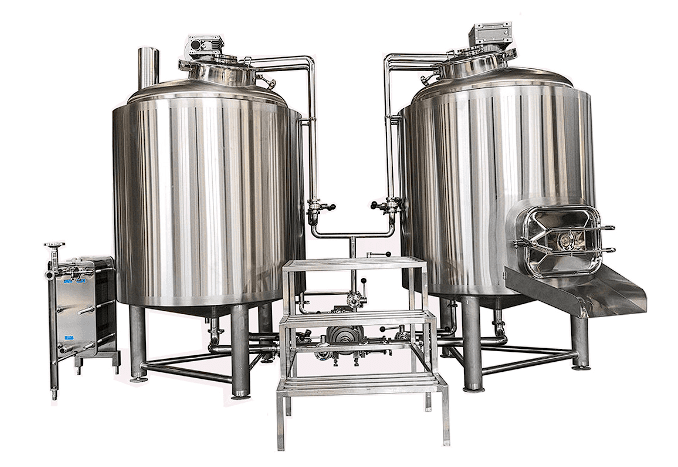The Legendary History of Illicit Alcohol Production: Moonshine
Moonshine, also known as homemade whiskey, hooch, or white lightning, is any illegally produced alcoholic beverage.
Despite the fact that moonshine is made and consumed in secret, it has a long and interesting history dating back hundreds of years.

The origins of moonshine
In order to avoid paying the high taxes levied by the British government, settlers would distill their own alcohol during the colonial era of American history, which is when moonshine first appeared.
Through the Civil War and the Prohibition Era of the 1920s, when the sale and production of alcohol were outlawed nationwide, this DIY spirit persisted, and a huge increase in illicit production was seen.
While historically linked to organized crime and bootlegging, moonshine has also been a mainstay of rural areas, where home-made whiskey served as a form of currency and a source of local pride. Moonshine is still illegal to make and sell in many countries, but a new generation of craft distillers is bringing back the tradition of making small batches of alcohol by hand.
Moonshine Production
Several essential components and pieces of equipment are needed to make moonshine, including cornmeal, sugar, yeast, water, and a still.
The procedure can be divided into a number of distinct steps:
“The Mash”
Making the mash, a concoction of cornmeal, sugar, yeast, and water that will ferment and produce alcohol, is the first step in the production of moonshine.
The temperature of this mixture is raised to the point where the yeast becomes active and the fermentation process starts.

Fermentation
The mash is made, then allowed to ferment for a few days.
As it consumes the sugars, the yeast also generates heat, carbon dioxide, and alcohol. As fermentation progresses, the mash’s alcohol content will rise, typically reaching 8–12% ABV (alcohol by volume).
Distillation
The mash must be distilled into moonshine after it has fermented.A still, a container that separates the alcohol from the other ingredients of the mash, is used to accomplish this.The fermented mixture is heated in the still until the alcohol vaporizes and is then condensed back into liquid form.
Depending on the desired strength and the still’s quality, the final product will contain between 40 and 60 percent alcohol by volume (ABV).
While the process of making moonshine might appear straightforward, it can be risky and unpredictable. Moonshine made incorrectly may contain hazardous chemicals, but explosions are still common.
Moonshine production and sale are therefore still prohibited in many jurisdictions, and only those with the necessary skills and tools should try it.
In conclusion, moonshine has a long and colorful past that dates back many centuries. Despite being illegal, it is still a well-liked and important type of domestic alcohol. Making moonshine, whether for one’s own use or to sell, requires a combination of skill, knowledge, and caution and should only be attempted by those with the necessary training and tools.
